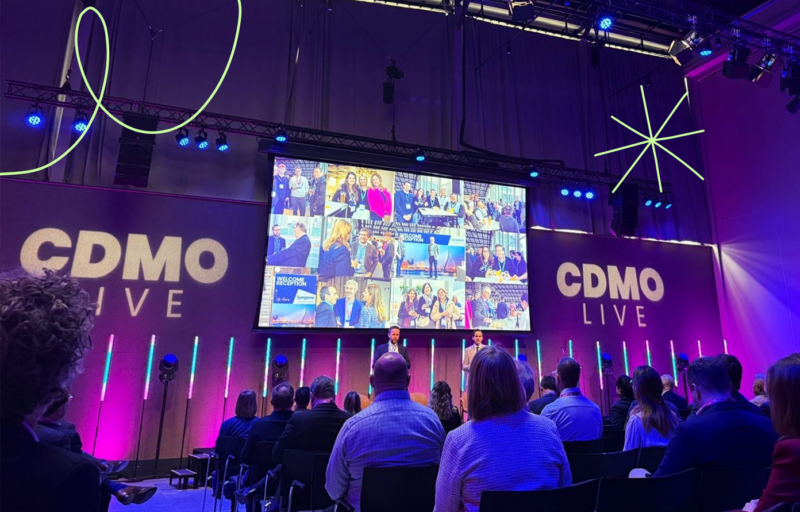blog:
Brand storytelling part 2: Getting to the heart of your story in six key steps

In our recent blog, we discussed the importance of crafting an impactful brand story that strikes the right emotional chord with your audience. A strong and compelling storyline is the key to making your life science brand stand out amid the noise and establishing a meaningful connection with your customers.
Our brains love stories, but simply having a brand story is not enough; you want to craft a compelling narrative that embodies who you are as a brand. A bad brand story is like a bad first date: it’s ego-driven, only talks about itself, and leaves you never wanting to give them the time of day again.
So, how do you make sure your brand story hits the right note with your audience and keeps them coming back for more? It all comes down to crafting your story around six simple steps.
Amy Rogerson, Senior Content Executive explores the critical life science brand storytelling steps.
Step 1: There is a hero (spoiler: it’s not you)
Every great story needs a protagonist. When it comes to brand storytelling, the hero represents the person your brand exists to serve and whose problem you help to solve. In short, they are your customer.
The hero represents the aspirations, desires, and challenges faced by your target audience. By making your customers identify and empathize with the hero, you can establish an emotional connection with your audience and create relatable narratives that leave a lasting impression.
Step 2: They are on a mission
Every hero has a mission. This should reflect their goals and aspirations or perhaps the legacy they want to leave behind.
By aligning your brand’s objectives with the hero’s mission, you create a strong sense of purpose. Whether it’s solving a problem, fulfilling a need, or pursuing a dream, this mission becomes the driving force behind the narrative.
Step 3: They encounter a villain
In every good story, the hero faces challenges and obstacles that must be overcome. Enter the villain — they are the antagonist, the obstacle that stands in the hero’s way. This could be an adversary, such as a competitor or a disease area that must be conquered. The presence of a villain adds tension, conflict, and a sense of urgency to the story.
Step 4: Along comes the helper (that’s you)
Just when the hero’s situation seems dire, a helper emerges — they represent your business. Notice how long it has taken before you feature in the story. Until now, the focus has been on positioning your customer as the hero, facing struggles and striving to achieve their goals or fulfill their needs independently.
Your role is to provide them with your expert guidance, support, and the skills or knowledge they may lack, empowering them to overcome their challenges. By showcasing your qualifications and credibility, you become a trusted companion, offering the necessary assistance to propel the hero’s journey forward.
Step 5: They embark on a journey
Creating a compelling brand story means keeping your audience engaged through a journey filled with tension, drama, and excitement. Each step of the hero’s journey should unfold with a sense of anticipation, leading the audience to wonder how the hero will overcome challenges and achieve their goal.
This is your opportunity to illustrate how your offering can assist your customers in conquering their challenges. Instead of overtly promoting your brand, position it as a helpful guide that illuminates the path ahead and empowers the hero to succeed.
Step 6: They finally reach a resolution
The hero’s ultimate triumph and resolution serve as the pivotal moment, akin to the grand finale of a captivating film. But James Bond doesn’t merely defeat the villain — he saves the whole world.
In terms of your life science brand storytelling, this resolution represents much more than just the hero’s personal achievement. It’s a chance to highlight your higher purpose. Shift the focus from shareholder value to the broader impact your company has on society or a specific cause. Leverage this opportunity to communicate your values in a way that deeply resonates with customers who share your vision.
Writing a story that matters
A compelling brand story isn’t one that shouts about how great it is. Your story will form an emotional connection with your target audience and take them on a journey of success.
By harnessing these six essential story elements and following the six steps, you’ll have the framework for a strong brand narrative that your audience will remember and share with others, ultimately driving more interest in your offerings.
Ready to craft your brand story? Chat with our experts today!
Related news, insight and opinion





